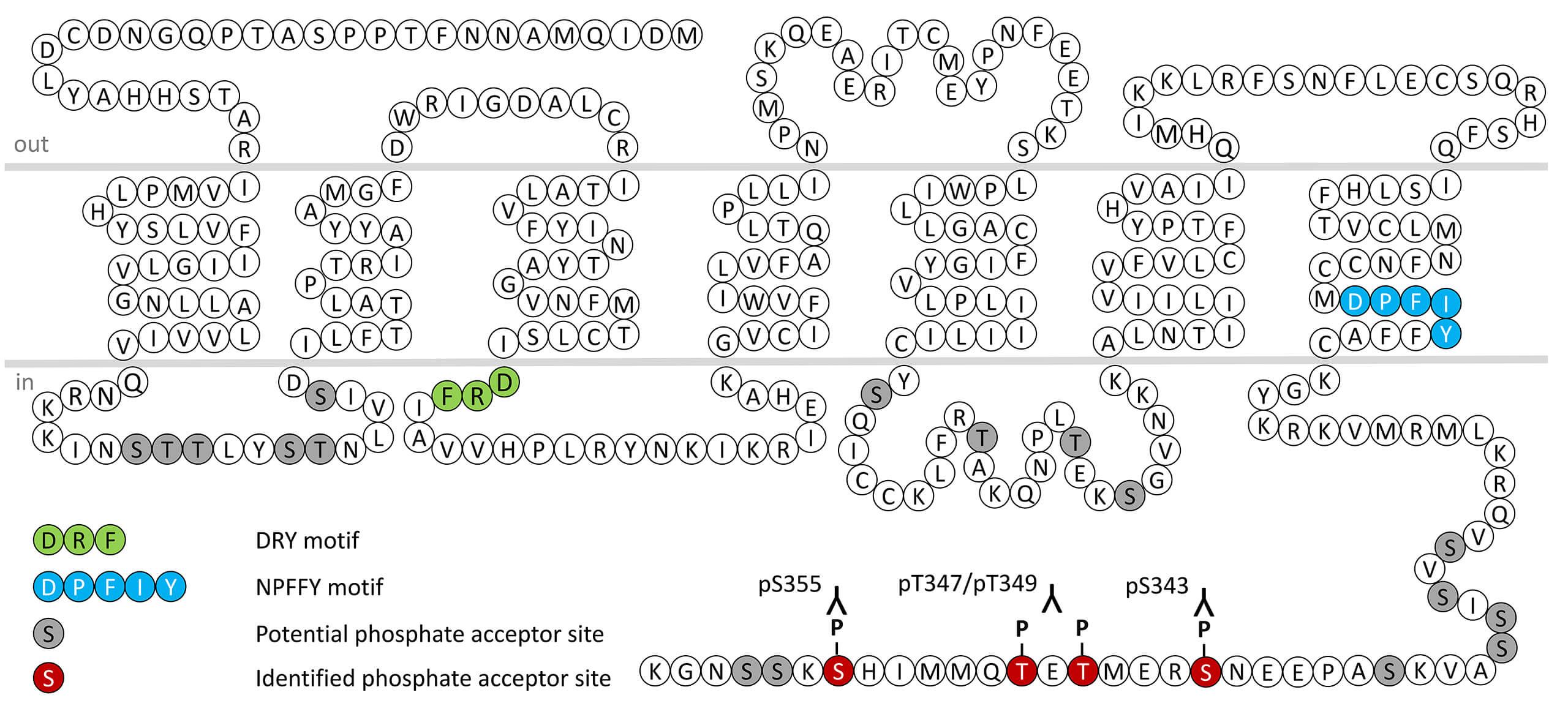No results were found for the filter!
NEW
 pS343-GPR183 (phospho-GPR183 Antibody)
pS343-GPR183 (phospho-GPR183 Antibody) Serine343 (S343) is major phosphorylation site of human GPR183 receptor. The pS343-GPR183 antibody detects phosphorylation in response to agonists. S343 phosphorylation is likely to be involved in efficient ligand sequestration by GPR183.
$ 375.00 *
NEW
 pT347/pT349-GPR183 (phospho-GPR183 Antibody)
pT347/pT349-GPR183 (phospho-GPR183 Antibody) Threonine347/threonine349 (T347/T349) is major phosphorylation site of human GPR183 receptor. The pT347/pT349-GPR183 antibody detects phosphorylation in response to agonists. T347/T349 phosphorylation is likely to be involved in...
$ 375.00 *
NEW
 pS355-GPR183 (phospho-GPR183 Antibody)
pS355-GPR183 (phospho-GPR183 Antibody) Serine355 (S355) is major phosphorylation site of human GPR183 receptor. The pS355-GPR183 antibody detects phosphorylation in response to agonists. S355 phosphorylation is likely to be involved in efficient ligand sequestration by GPR183.
$ 375.00 *
NEW
 GPR183 (non-phospho), Oxysterol Receptor Antibody
GPR183 (non-phospho), Oxysterol Receptor Antibody The non-phospho-GPR183 receptor antibody is directed against the distal end of the carboxyl-terminal tail of human GPR183. It also detects GPR183 in cultured cells and tissue sections by immunohistochemistry. It can be used to detect...
$ 375.00 *
Recently viewed


